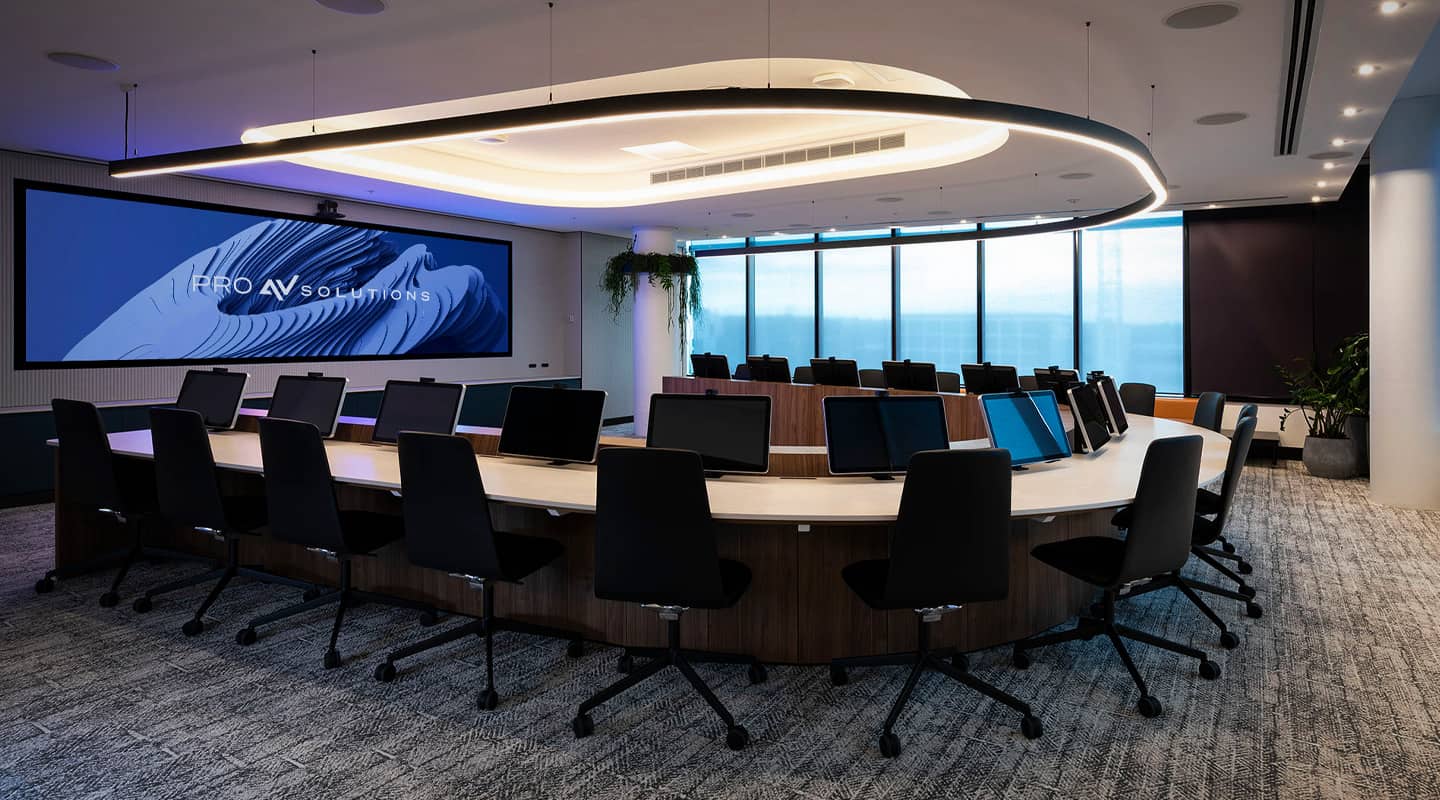
AV Case Study: Zoom-based Executive Boardroom
ProAV Solutions won the 2025 AVIA in the Commercial Projects category by taking an in-depth design approach to every aspect of a showpiece Zoom-based meeting space.
Text:/ Derek Powell
Photos:/ Courtesy ProAV Solutions
ProAV’s clients for this project had a very clear set of objectives for its Executive Boardroom. With Zoom as its chosen UC platform, the solution had to be simple to operate, yet support multiple modes of operation, from day-to-day board meetings to fully immersive hybrid leadership sessions. It had to deliver premium visual and audio quality to reflect its own brand standards.
The customer’s determination to achieve a quality outcome resulted in its close involvement in the design and development of the AV system. Project designer Mark Silver described how this played out: “We had to provide a proof of concept for every part of the system and that was extremely helpful all throughout the design process. It wasn’t just the IT guys or the people from facilities that were very heavily involved, it was all the internal stakeholders, right the way through to the executives. When we did the proofs of concept, the executives who were actually going to be using this room came down, had a look to see how it worked, asked questions and gave it their tick of approval. All the stakeholders within the company had a vested interest in bringing success to this room, and that was really helpful.”
PLAYING TO THE GALLERY
A top priority was to ensure that every executive at the table has an equal voice and presence, whether in the room or joining remotely. “[That meant] the client wanted to make sure that every seat at the 16-seat boardroom table was represented in a gallery view,” Marc explained, noting that the previous PTZ camera-based solution could not achieve this. “Essentially, we had to ensure everyone had their own codec, so each seat could appear in full resolution as their own in the gallery view.”
Naturally, this approach, with the goal of achieving true hybrid equity, came with a host of technical design challenges. To allow each participant to join as their own Zoom endpoint each of the 16 seats around the executive table was provisioned with a dedicated 21-inch in-table touch display and a Jabra Panacast 20 camera connected to an individual rack-mounted Intel NUC. The individual touch displays allow each meeting participant to join the meeting as required. This ensures participants who are not present are not automatically joined as a blank seat. This ‘immersive mode’ allows remote participants to better see and engage with individual speakers, improving meeting quality across time zones and geographies.
To maximise desk space and keep with the minimalist design aesthetic, the ProAV team even went the extra mile to create custom designed brackets – specially crafted to lift the touch screen and camera to exactly the right height and angle to both maintain sightlines across the room and allow the auto framing camera to properly frame the participant.
Marc designed these in 3D, then 3D printed a prototype that he mounted the monitor on, to show the builder how it fastened to the table and concealed the cables. The prototype also allowed the clients to actually sit at the table and make sure those sight lines with the camera on top were clear enough and at the correct height such that everyone had an uninterrupted view across the table to other participants.
SPEAKING CLEARLY
While individual cameras on side-by-side Zoom endpoints work fine for providing clear vision, using audio from individual mics on each endpoint simply won’t work.
“That was probably one of the hardest things to get our heads around,” Marc explained.
“If 16 people are sitting around the table, and everyone has their own zoom seat with a microphone and speaker, they’re never going to be 100% in sync. They’re out by milliseconds. Even if we used directional gooseneck microphones, since we were all joining a meeting next to each other, you inevitably pick up some audio from the person alongside of you. So, at the far end, and even for the participants in the room, you’re getting double audio. That produces a very strange kind of echo feedback. We did some testing which proved no matter what you do, if you have a microphone for every participant, the ability to mask out the person sitting next to you is impossible, so managing the audio in that way was near on impossible.”
The solution was to have the have the room itself manage the audio and have the room join the conference as a 17th endpoint, providing the audio from each in-room participant as well as an overall camera view of the space. That could have meant using individual gooseneck mics into an auto mixer but there was a better way. Sight lines were important and since each participant already had a monitor and camera in front of them, adding a gooseneck microphone would create unnecessary clutter.
“Where the room is managing the audio, we found there wasn’t any difference between individual gooseneck mikes and a really good ceiling mic, which, with steerable lobes, can get the same audio result,” Marc pointed out.
“”
This ‘immersive mode’ allows remote participants to better see and engage with individual speakers, improving meeting quality across time zones and geographies
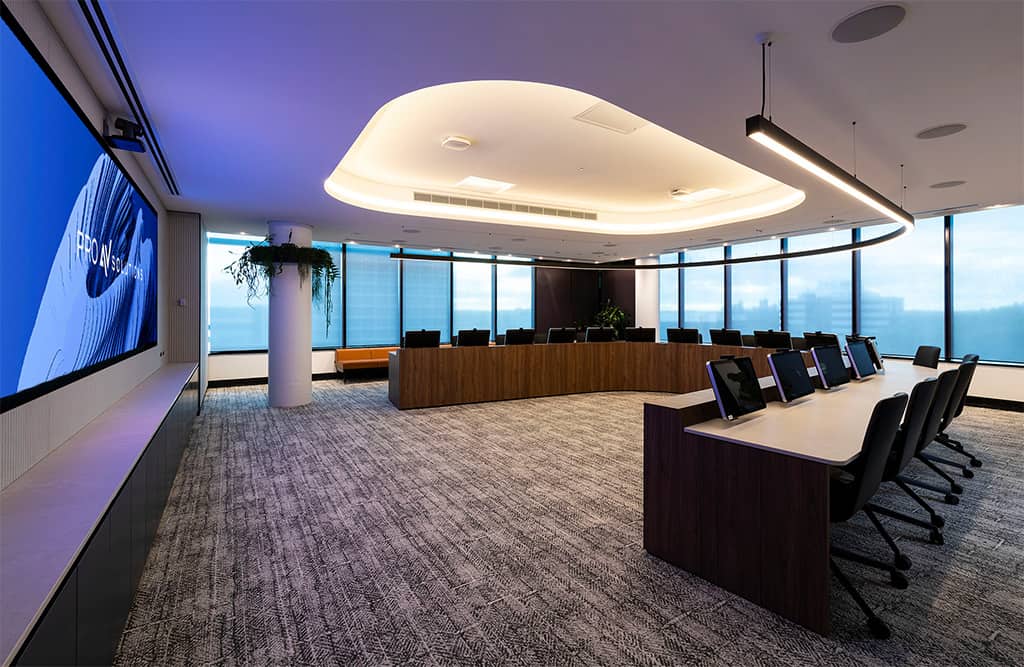
The solution ProAV adopted, was to ceiling mount three Shure MXA920 microphones (which feature eight steerable lobes each) for speech capture. These provide a small amount of voice lift (though Marc noted that very little is needed due to the generally excellent acoustic in the room) with twin QSC Core Nano DSPs for audio mixing, zone control, and echo cancellation. The 16 Electro-Voice EVID ceiling speakers are zoned to provide tuned reproduction for voice lift plus far-end audio and any presentation sources. Hearing augmentation was also included via a Williams AV IR SY5 system.
SMART & SIMPLE
Despite the technical complexity, the user experience was designed to be seamless. Room status is tied to PIR sensors, enabling automatic wake-up and power-down while a wall-mounted iPad with Crestron and Zoom integration allows even first-time users to enter the room and launch a high-quality hybrid meeting in seconds,
A Crestron CP4 processor manages video routing, lighting, and source switching, giving meeting participants full control via a Crestron TSW-1070 tabletop panel with one-touch presets that allow transitions between meeting modes.
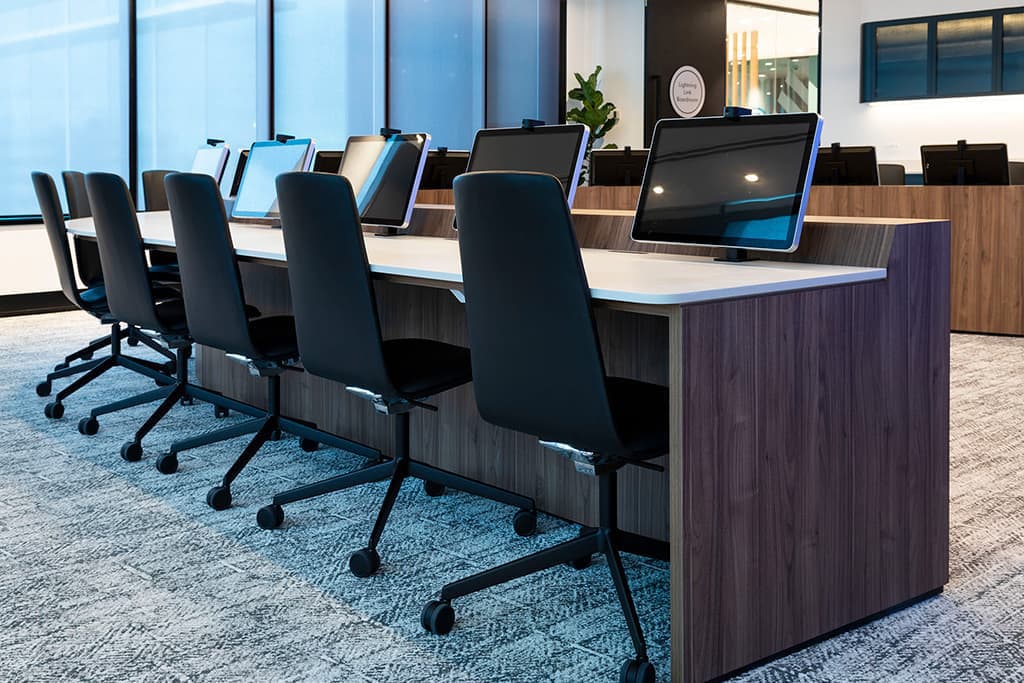
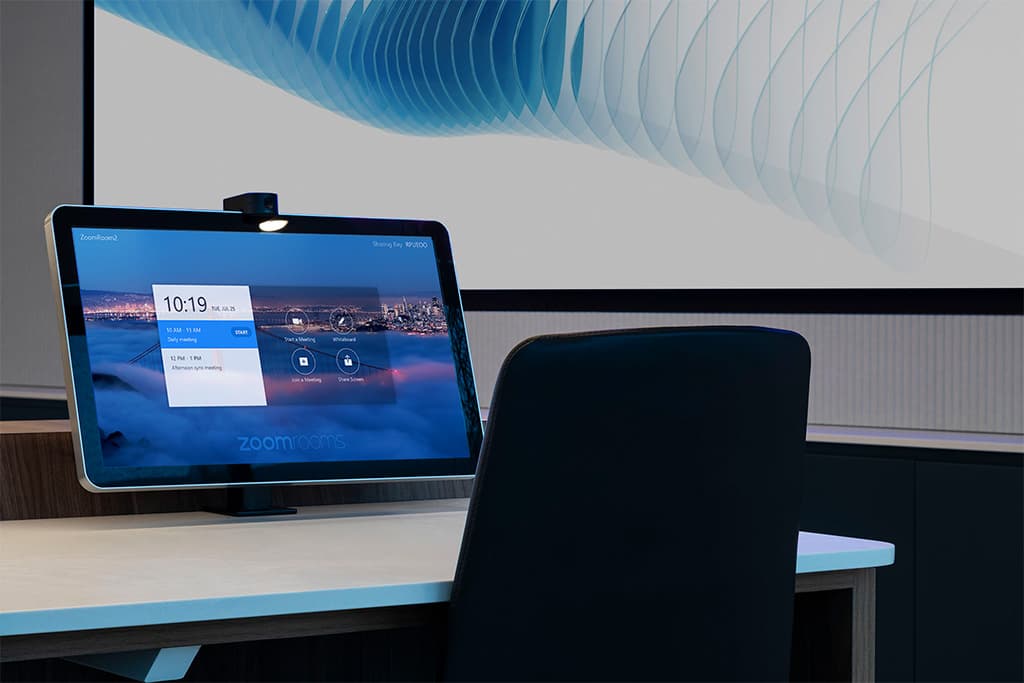
MAINTAINING VISUAL STANDARDS
ProAV’s client has chosen to remain anonymous but as a global entertainment leader, the company places a premium on how its spaces look and feel. This was amply demonstrated when it came to the choice of the main, front of room display. Rejecting the then usual boardroom standard of a 1.2mm pitch LED display, it opted instead for the finer resolution of a Dicolour 0.9mm COB LED wall. The chosen layout, selected to display both signage and video content, was a 4.8m wide display with configurable layouts including dual 16:9, full 32:9, or dynamic multi-window modes managed by a Novastar H2 processor.
SUMMING UP
“As a project designer,” Marc concluded, “the most satisfying thing with these really bespoke, complicated boardrooms is that, once the clients has its first meeting, the feedback is: ‘it’s great, everything we expected.’”
Indeed, the client echoed that sentiment to the AVIAs Judges in the comments they provided, reporting: “The ProAV Solutions team delivered exceptional outcomes for us every step of the journey. They resolved an extremely complex set of requirements and challenges into a technical design that delivers simplicity and reliability, and, most importantly, an incredible experience for our executive team members using the space.
“The project delivery was seamless, and customer support has been outstanding – we have certainly ‘experienced excellence’.”
ProAV Solutions: proavsolutions.com.au

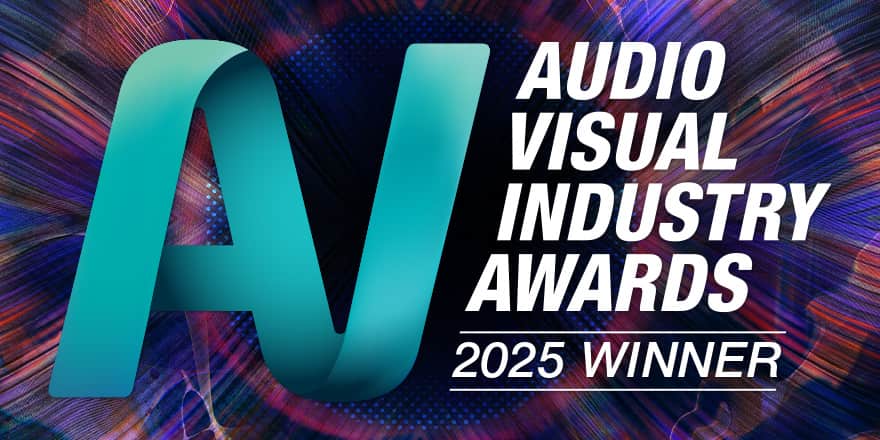

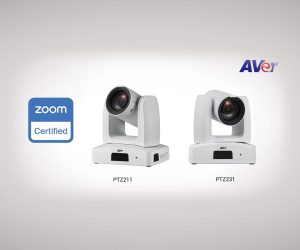

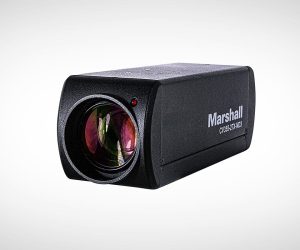
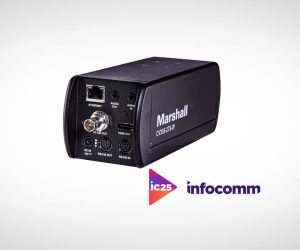
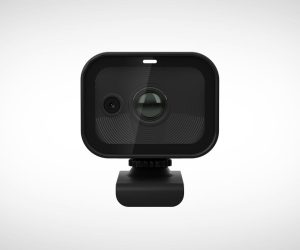
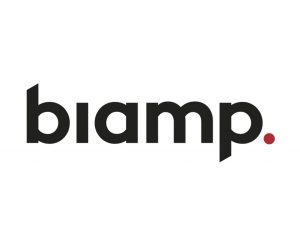

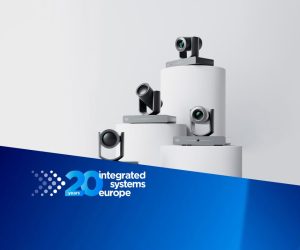





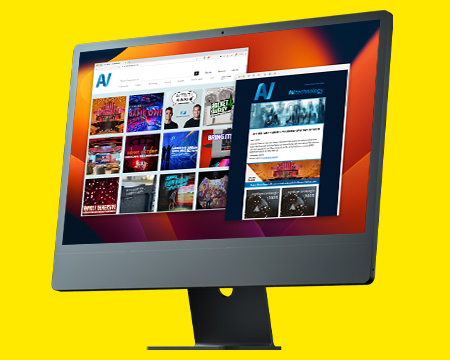
RESPONSES